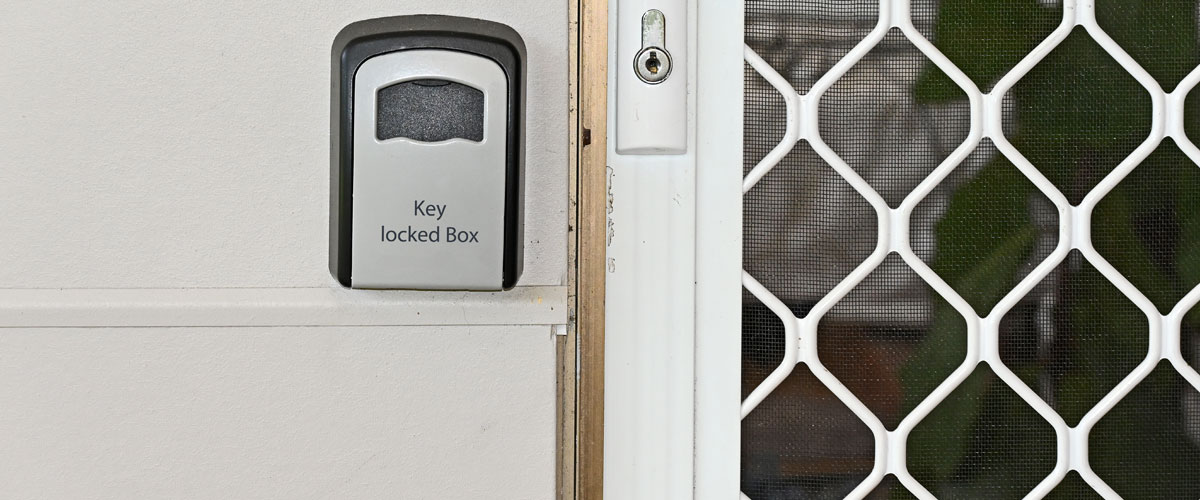
Security screens are more than metal frames and mesh. They are the silent guardians of a household that allow breezes to drift through while keeping unwanted guests away. Yet even the strongest screens face many challenges over time that can compromise safety, comfort, and security, the very reasons homeowners invest in security screens.
So, in this article, we will explore 5 frequent problems with security screens. Each issue has its own signs, frustrations, and consequences. More importantly, each problem has a solution.
1. Poor Fitting or Gaps in Security Screens
A misfitted screen is more than an eyesore. It is a serious security flaw that intruders and insects can take advantage of. Dust and moisture can also seep through, increasing the need for daily cleaning.
This problem often arises from careless installation, and its telltale signs include:
- Visible gaps along the frame.
- Screens that tremble when pushed.
- Edges that fail to seal properly.
The solution is precision. Accurate measurements and skilled installation ensure a snug fit. A professional installer aligns the frame, secures every corner, and eliminates unnecessary space. This restores confidence and keeps your interior sealed against pests and drafts.
2. Rust and Corrosion Eating Away at Durability
Metal, though strong, has an enemy. That enemy is corrosion.
Coastal residents know this struggle well. Salt in the air accelerates rust, and humidity speeds up the damage. Over time, the once-shiny screen dulls and weakens.
Signs of corrosion are unmistakable:
- Brown/reddish stains spreading across the frame.
- Flaking or peeling of protective coatings.
- Soft spots where the metal has thinned.
A rusted screen loses its strength, bends more easily, and becomes brittle. What once served as a barricade turns into a fragile shell.
The best solution for this is prevention. For example, material choice makes all the difference. Marine-grade stainless steel withstands salt exposure. Powder-coated aluminium resists rust far better than untreated metals.
For homeowners already facing corrosion, professional refurbishment may save the screen. Sanding, recoating, and sealing slow further damage. Yet, if the metal has lost structural integrity, replacement is the wiser choice.
A rust-free screen maintains its appearance and its defensive role. By investing in corrosion-resistant materials, homeowners gain peace of mind and longevity. Prevention is not just smart, it is essential.
3. Difficulty in Opening or Closing Security Doors
A door should move smoothly. When a security screen refuses to glide or swings stiffly, it creates a hazard. Imagine if there’s an emergency, a stuck door could cost you precious time.
So, look for these common causes of stiff or stubborn screens:
- Hinges clogged with rust.
- Warped or misaligned frames.
- Dirt, grit, or insects lodged in tracks.
The solution lies in professional diagnosis. It starts by examining the hinges, the frame, and the track and then finding appropriate remedies. Some of the typical ones include lubrication, restoration, and deep cleaning of the tracks. In some cases, worn parts must be replaced to regain their original functionality.
Ignoring this problem worsens it. Smooth functionality is not just comfort but security.
4. Mesh/Frame Damage Reducing Effectiveness
The mesh of a security screen is its heart, and the frame is its skeleton. When either one suffers damage, the entire system loses its strength. A torn mesh welcomes insects and looks untidy, while a bent frame leaves space for tools to force entry.
Common forms of damage include:
- Mesh tearing after years of wear.
- Frames dented by accidental impact.
- Locks bending after attempted break-ins.
These flaws compromise protection. Even small tears invite bigger problems. For instance, once the mesh begins to unravel, the screen no longer holds tension. Locks that twist are easy to manipulate.
Solutions vary depending on the extent of the damage. Small tears can sometimes be patched, but severe damage requires mesh replacement. Frames that warp often need complete replacement, as repair may not restore full strength. Regular inspection by professionals helps catch issues early. They identify weak points and suggest repairs before failure occurs.
A flawless screen does more than secure a home. It presents a polished appearance and signals strength to anyone considering trespass. Damage left unchecked whispers the opposite message: vulnerability.
5. Locking Mechanism Failure
A security screen is only as strong as its lock. If the mechanism falters, the entire barrier becomes useless. So, homeowners often overlook the lock until it jams, sticks, or fails altogether.
So, look for these signs:
- Difficulty turning the key.
- Locks that feel loose within the frame.
- Complete failure to latch or hold.
These issues may arise from internal wear, exposure to elements, or poor-quality hardware. Intruders exploit weak locks first. A lock that does not latch firmly is practically an open invitation.
A locksmith can repair or replace faulty locks, but the solution depends on the problem. Sometimes, lubrication revives stiffness, while in other cases, the entire locking system requires replacement. Upgrading to a modern multi-point lock enhances strength.
Closing Thought
Security screens stand guard day and night. They deter trespassers, allow ventilation, and frame your home with safety. Yet even the most reliable screens face challenges. Poor fitting, corrosion, difficulty in operation, mesh damage, and lock failure are the most common. Each issue chips away at your home’s defence if ignored.
But solutions exist for every problem. If you have any such concerns regarding your window screens, feel free to contact us anytime. We’re one of the trusted expert providers of security screens in Australia.

 1300 919 999
1300 919 999 